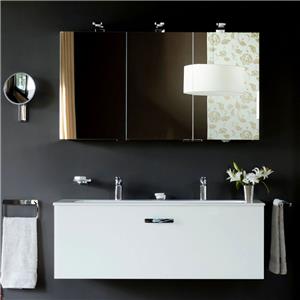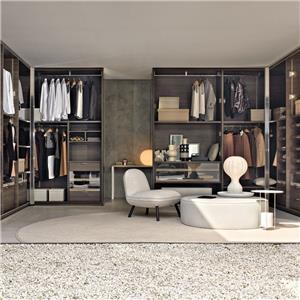Key Principles for a Clean and Organized Home
Key Principles for a Clean and Organized Home
To create a clean and tidy home, the key lies in organization. Regardless of the size of the house or the number of items, effective whole-house storage can transform any home into a storage powerhouse. Here are the key principles of organization design that can help you achieve storage freedom!

Simply put, storage space refers to the area where items are stored. To excel in organization, it is essential to understand the different types of storage spaces.

Centralized Storage Space: This type of storage involves grouping together items used in the same space to maximize utilization and facilitate classification and usage. It is primarily used for storing essentials or daily necessities.
Dispersed Storage Space: This type of storage is suitable for small items with high daily usage rates. After use, these items can easily be returned to their designated spots, effectively preventing household clutter.
Temporary Storage Space: Temporary storage spaces cater to the immediate storage needs of residents. They prioritize convenience and do not emphasize storage capacity.
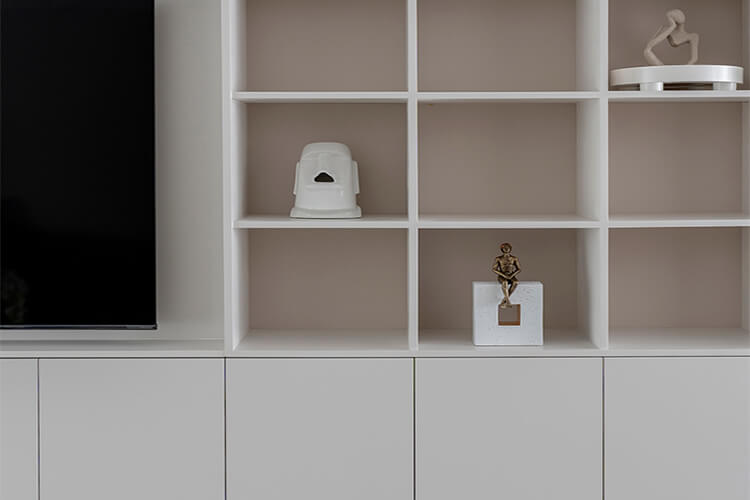
2.key Principles of Organization Design
Now that we have covered the categorization of storage spaces, let's delve into three key principles of effective organization.
Storage Space Ratio:
Insufficient storage space leads to a lack of designated spots for items, while excessive storage space results in wastage. What is the ideal amount of space? In general, the storage area should occupy around 12% of the total floor area of the house, with a minimum of 10%. For families with a preference for stocking up or larger households, the storage area can be increased to 15%. By allocating storage cabinets based on the 12% ratio, even compact spaces can accommodate a remarkable storage capacity, while meeting usage requirements and household needs.
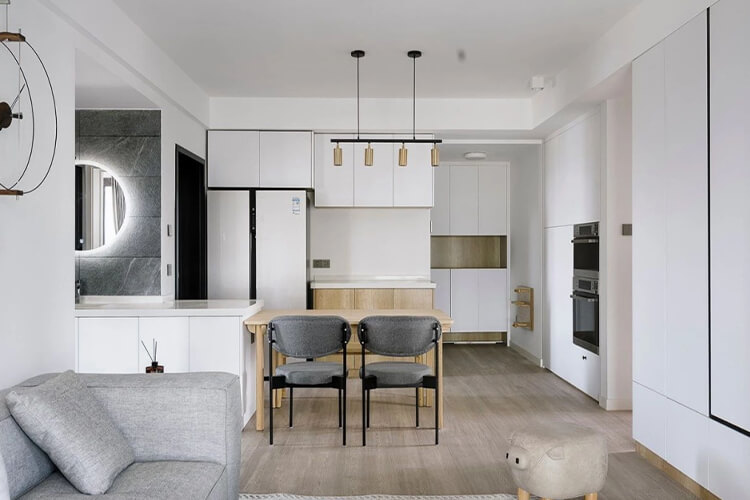
Proximity Principle:
Many people believe that a single storage room is sufficient for organization. However, each space, from the entryway to the bedroom, has distinct storage requirements. It is crucial to adhere to the principle of proximity by considering the usage scenarios and locations of items. This ensures that each storage cabinet serves its purpose, allowing items to be conveniently stored and maintaining an orderly space.
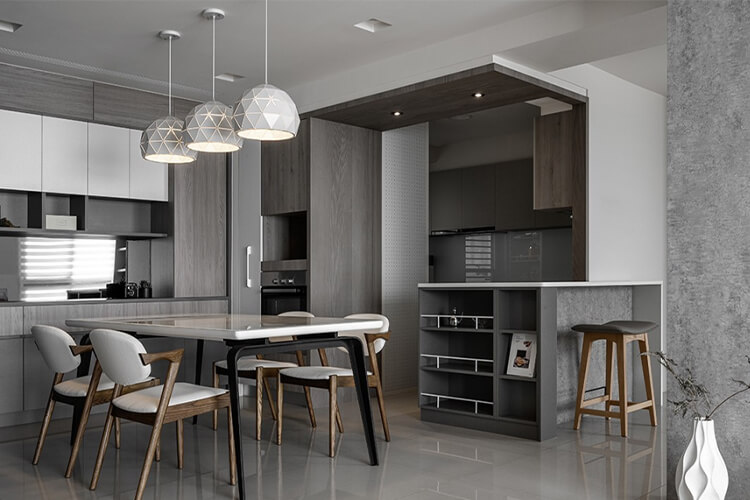
Integrated Vertical Storage Combination:
Having more storage cabinets is not necessarily better. Without proper planning, it can lead to a cramped space. One effective approach is to adopt an integrated vertical storage combination. Firstly, cabinets can be designed to extend up to the ceiling, making full use of vertical space. Secondly, cabinets can be consolidated into a full-wall storage system, maximizing storage capacity.
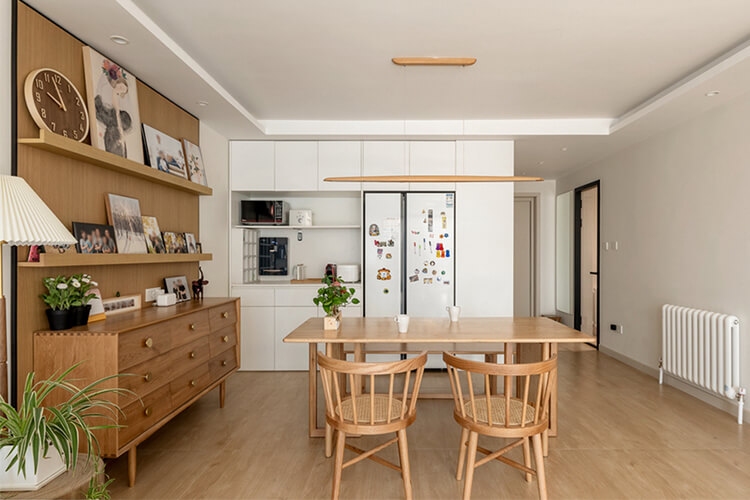
Although this significantly increases storage capacity, some may worry that a full wall of cabinets might feel oppressive. However, these four tips can help eliminate such concerns:
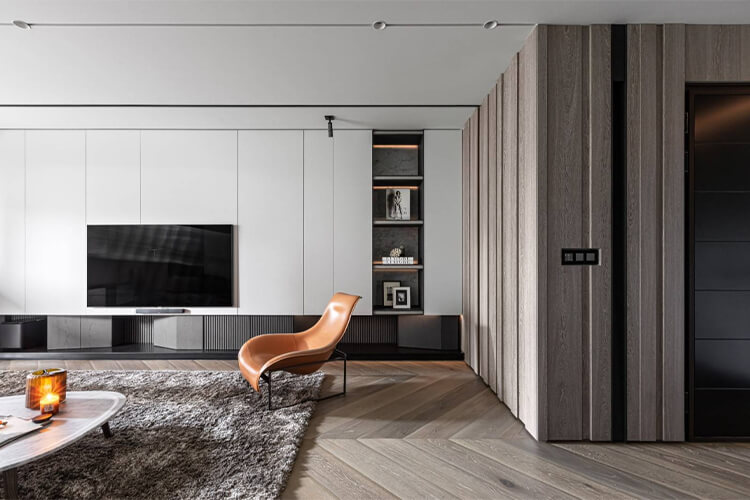
Embedded Design: Preparing wall grooves in advance allows for an embedded design that seamlessly integrates the cabinets with the wall. The thickness disappears, creating a hidden effect.
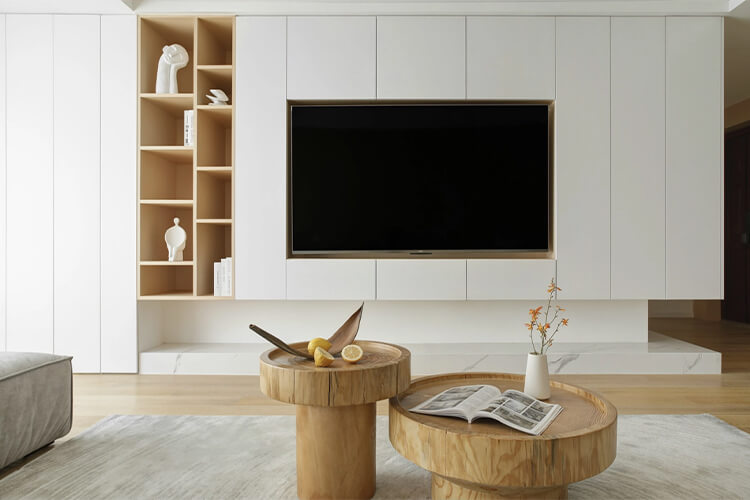
Sleek Light Colors: Choosing cabinets in light colors enhances the visual effect of spaciousness, achieving a lightweight feel.
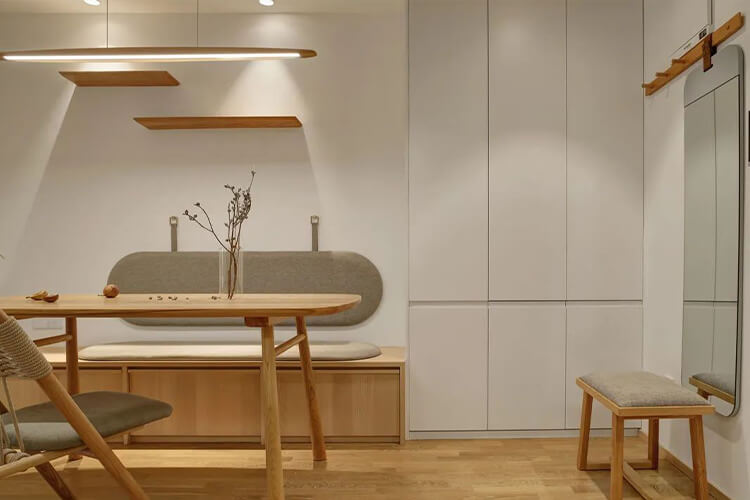
Invisible Handles: Handles, although stylish, can appear cluttered when numerous cabinets are involved. Using rebounders instead of handles gives the cabinets a neat and seamless surface.
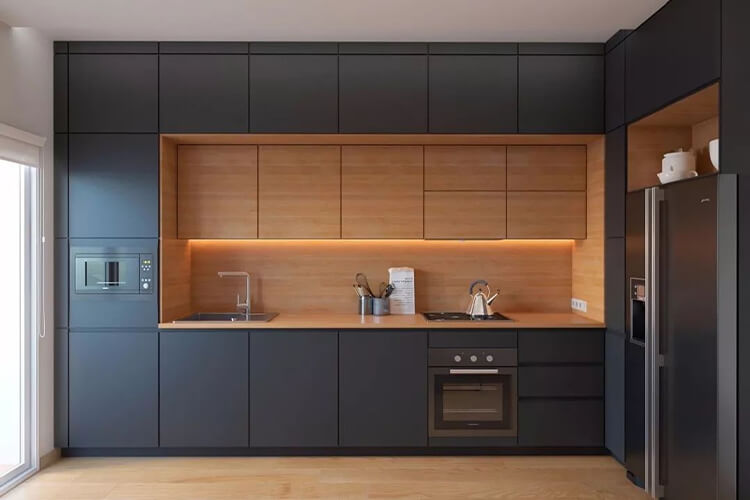
80/20 Organization Design: For everyday items and display pieces, applying the 80/20 principle can be beneficial: showcase 20% of the beautiful items while concealing 80% of the clutter. Combining open and closed storage not only relieves the oppressive feeling of closed cabinets but also adds depth to the space.
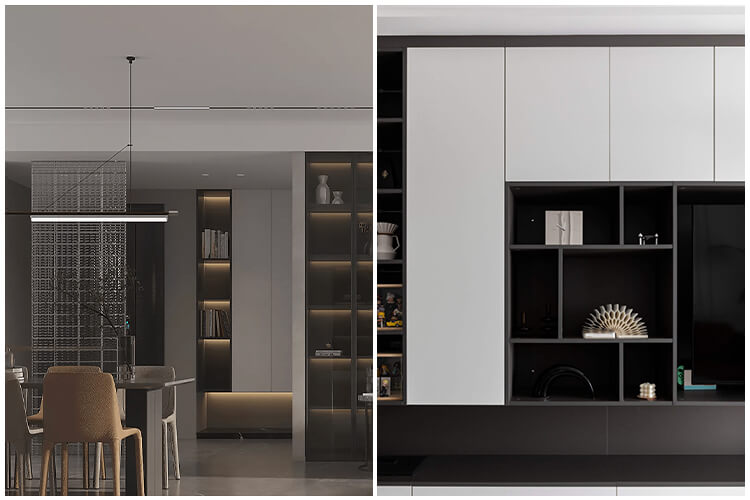
3.Selecting Storage Cabinets Based on Areas
Centralized Storage Area: Embedded Cabinets
For areas like the bedroom, study, and kitchen, where items can be clearly categorized, centralized storage is more suitable. Items are stored in their designated spaces without interfering with each other. Customized built-in cabinets are ideal for bookshelves, wardrobes, and kitchen cabinets, as they enhance storage capacity without appearing obtrusive, ensuring a cohesive look.
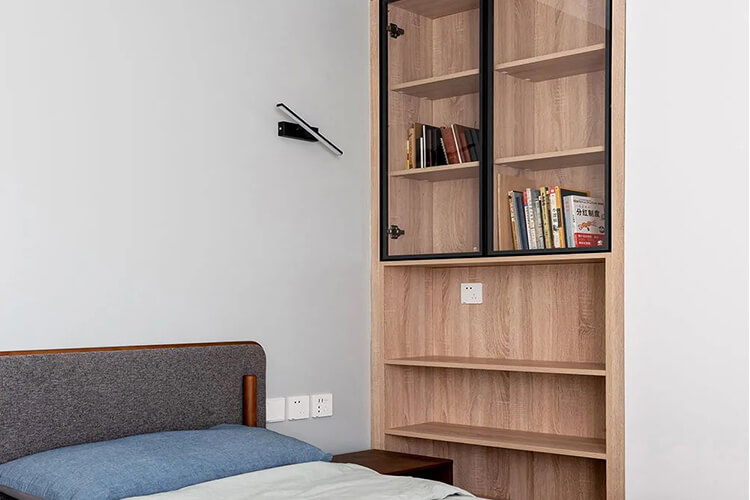
Scattered Storage Area: Floating Cabinets
The bathroom and dining area require storing miscellaneous items that don't belong to the primary storage spaces. These areas serve as auxiliary storage, accommodating small and commonly used items for enhanced convenience. Lightweight floating cabinets, such as dining cabinets and bathroom cabinets, occupy minimal space and alleviate the feeling of heaviness, creating an enlarged space.
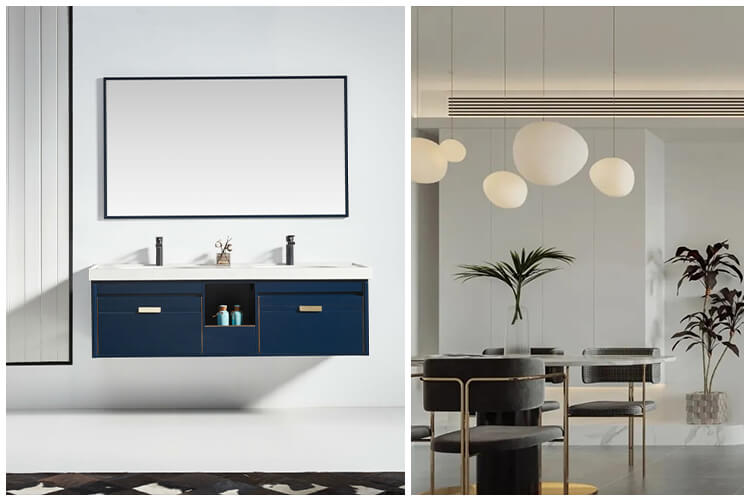
Comprehensive Storage Area: Diverse Cabinets
The entryway and balcony serve as comprehensive storage areas, with various and miscellaneous items. When designing cabinets for these spaces, it is important to ensure versatility, catering to different storage needs. For example, an entryway cabinet should accommodate shoes, as well as temporary items like bags, coats, and keys.
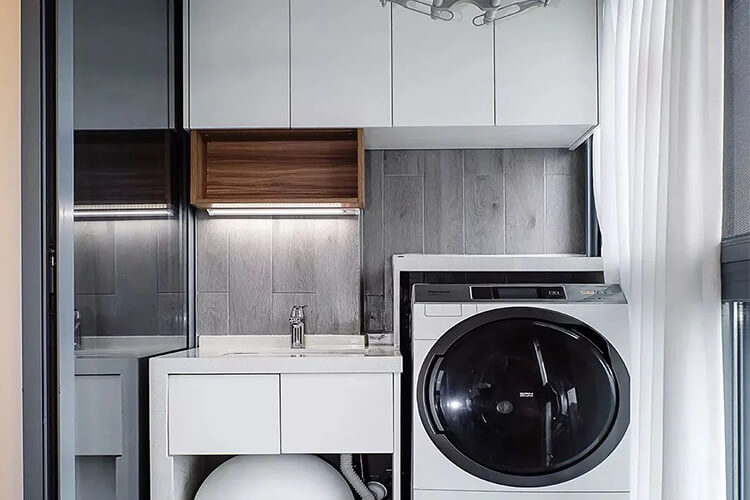
By implementing these organization design principles and selecting suitable storage cabinets for different areas, you can achieve a clean, clutter-free home with ample storage capacity.

